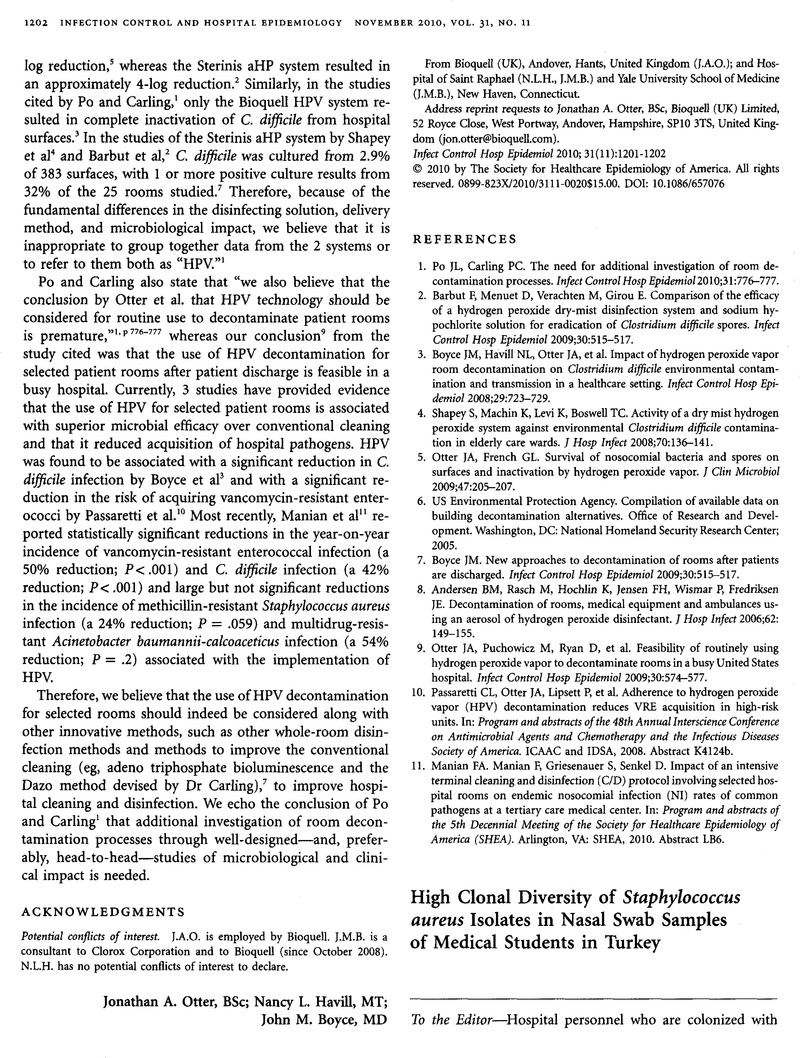Crossref Citations
This article has been cited by the following publications. This list is generated based on data provided by Crossref.
Mendes, Â.
Martins da Costa, P.
Rego, D.
Beça, N.
Alves, C.
Moreira, T.
Conceição, T.
and
Aires-de-Sousa, M.
2015.
Contamination of public transports by Staphylococcus aureus and its carriage by biomedical students: point-prevalence, related risk factors and molecular characterization of methicillin-resistant strains.
Public Health,
Vol. 129,
Issue. 8,
p.
1125.





